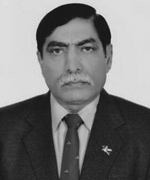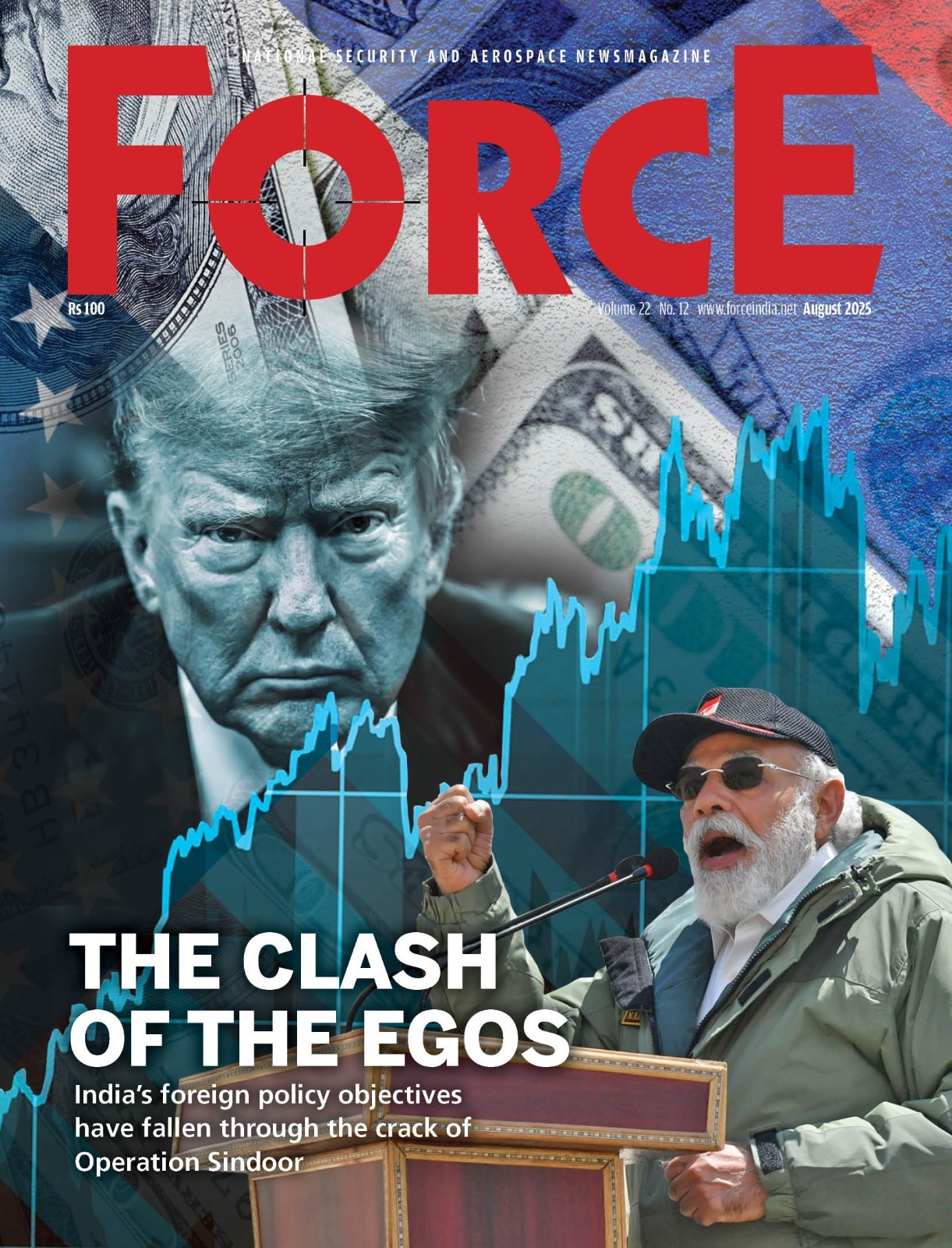Guest Column | Beyond Surgical Strikes
 Lt Gen. Vinod Bhatia (retd)
Lt Gen. Vinod Bhatia (retd)
‘When India conducted surgical strikes, the world experienced our power and realised that India practices restraint but can show power when needed’
— Prime Minister Narendra Modi at Washington, 26 June 2017
‘When we play Maggie plays’ was displayed prominently on a billboard at the gates of the British Special Air Section (SAS) Training Centre at Credenhill, Herefordshire, UK, on return from the Falkland war. The SAS are the proverbial mother of all Special Forces (SF) raised by ‘Phantom Major’ David Stirling during World War II. The message was clear: when the British SAS operates it is to either project or protect national interests and the decision-making is at the highest levels.
The Special Operation Forces (SOF) in India have mainly been employed at the tactical level except for Operation Cactus (Maldives) wherein 50(I) Parachute Brigade/ 6 Battalion the Parachute (PARA) Regiment spearheaded and successfully executed a military intervention operation in November 1988 to rescue the then President of Maldives from a coup and restore the duly elected government of President Gayoom.
The only other occasion of a Special Operation contributing directly to a national aim or a cause was the airborne drop/assault by 2 PARA in 1971 War at Tangail, which was directly instrumental in the early capture of Dhaka and liberation of Bangladesh. It is only now that Prime Minister Narendra Modi has realised and exploited the full potential of the SOF/ Para SF in executing the ‘surgical strikes’, first against the NSCN(K) on 9 June 2015 in Myanmar, post the ambush on 6 Dogras in Chandel, and more importantly, in Pakistan Occupied Kashmir (POK) on 28/29 September 2016 against terrorist launch-pads after the terrorist attacks on the Uri military base. The impact of the surgical strikes was at the strategic domain and hence, a direct concern at the top political levels — the Prime Minister. The Indian PARA SF have played a pivotal role in shaping national strategy, raising the costs for Pakistan in its state policy of waging a ‘low cost high effect war’ on India.
Historically, the SF have been employed at the tactical level, be it the 1971 War, Op Pawan (Sri Lanka), Op Vijay (Kargil) and Counter Terrorism (CT)/ Counter Insurgency (CI) Operations in Jammu and Kashmir and Northeast. The Para and Para SF Units have undoubtedly excelled as evidenced by the number of COAS unit citations and gallantry awards. This has helped the SF to hone their skills and acquire the much needed and critical combat experience. Despite a proven record of success over the years, albeit mostly at the tactical level in CI/CT operational scenario, the SOF have been hampered by unimaginative employment, lack of optimal structures, access to national decision making and an ever-growing hollowness in capabilities and capacities on account of voids in requisite arms and equipment. Now that the Para SF has been employed in the strategic domain, executing surgical strikes against Pakistan, hopefully the government will wake up from their slumber and provision the long-awaited wherewithal.

Para commandos during Republic Day parade
As India now grows to be a risen, responsible regional power and a net security provider in the region it will need the SOF to project and protect its national security interest and assets. While addressing the Indian community at Washington during his recent visit, PM Modi drew the loudest response when he spoke on the surgical strikes conducted after the Uri attack last September. Surgical strikes triggered the imagination and interest of all Indians, instilling a sense of pride in the nation state as it responded to Pakistan-sponsored terror attacks. This was made possible by a select band of soldiers who pride themselves at being the best in the business in the world.
more
The PARA (SF) are by far the most battle hardened and combat rich force in the world on account of their constant and continuous deployment in CT and CI operations in Jammu and Kashmir and Northeast. The PARA and PARA (SF) personnel of the Indian Army are all volunteers drawn from the 1.2 million strong volunteer army, the very best opt to serve in these units and with a selection percentage of a little under 20 per cent, those selected make dream combatants, capable of delivering under the toughest, most challenging and dangerous situations. Success and mission accomplishment comes naturally to them. They are different; in fact, they are a ‘bunch of misfits who fit well together’.
The surgical strikes executed on the night of 28/29 September 2017 were and are unprecedented. The selection of the targets was very apt — seven terrorist launchpads across the Line of Control (LC) in Pakistan Occupied Kashmir (POK) within a few kilometres of the LC, located on either side of Pir Panjal nearly 350 km apart. Seven troops comprising 140 odd PARA (SF) Commandos, one target per troop inserted on foot on a zero moon night, totally undetected in a heavily manned and mined LC, destroyed the designated targets by fire assault from close ranges, without any collateral damage to civilian population in POK and thereafter executed the most difficult part of the operation (having lost surprise), extrication to own side without a single casualty.
For anyone who has served along the LC — the enormity of the task itself would have sent shudders. The LC is not only heavily-manned and mined, the Pakistani troops deployed are trigger happy despite a prevalent ceasefire. Surgical strikes are a very sensitive and delicate operation with no room for error.
Firstly, all those who executed knew well that it was a ‘one-way ticket’. Secondly, any soldier havi
Subscribe To Force
Fuel Fearless Journalism with Your Yearly Subscription
SUBSCRIBE NOW
We don’t tell you how to do your job…
But we put the environment in which you do your job in perspective, so that when you step out you do so with the complete picture.








